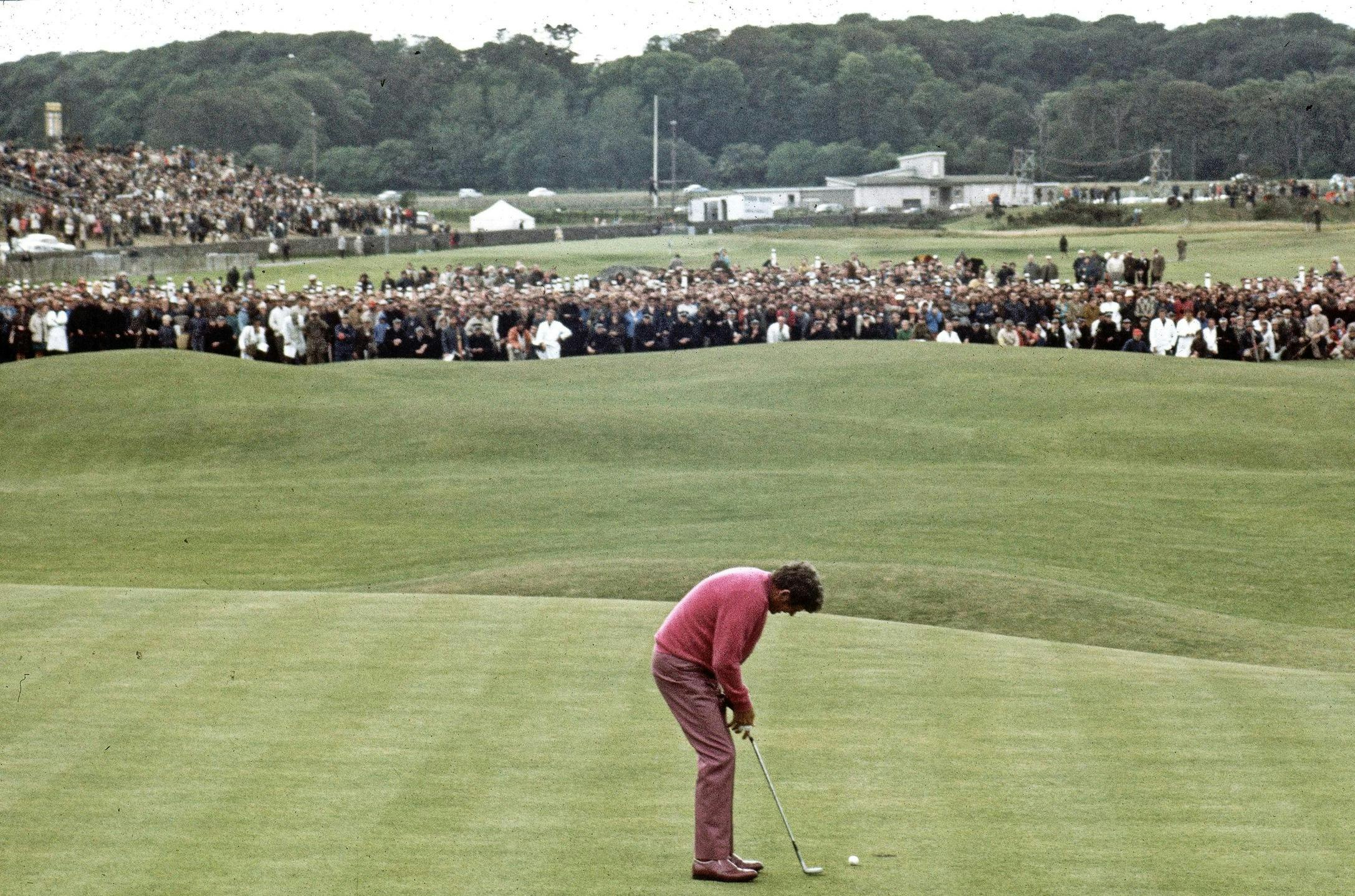This article is taken from the August-September 2025 issue of The Critic. To get the full magazine why not subscribe? Right now we’re offering five issues for just £25.
There was one of Sir Henry Newbolt’s “breathless hushes” in the Long Room after lunch on the fifth day of the Lord’s Test. England had taken an eighth wicket that morning and, with India still needing 80 runs, a home victory and a 2-1 lead in the series was only a matter of time. No one expected it would take so much time.
Dot-dot-dot. Jasprit Bumrah, with a batting average of 7, played out the rest of the over. Then the more accomplished Ravinder Jadeja began a rescue mission. Time wasn’t an issue: India needed little more than one run an over to win. Just survive and see how it goes was the plan.
The last two partnerships lasted more than 35 overs — 212 balls, with Bumrah facing just 54. It was only bad luck and outrageous backspin that helped England to dismiss the last man. England supporters exhaled breath held long enough to send the Old Father Time weathervane spinning.
In the Long Room during that long, long session, members looked at their watches and changed their plans. “One more over then I really must get back to work,” a man beside me said, several times. I had already decided that my son would be going into an after-school club. You can’t slip away at moments like this.
And yet nothing much was happening. England weren’t taking wickets nor were India going for it. Only 35 of those 212 balls were hit for runs, just five of them to the boundary, but it was thrilling in its lack of action. The tension built with every dot in the scorebook, especially after Jadeja had taken a single, usually off the fourth ball of an over, and the tail — Bumrah and Mohammed Siraj — had to survive for a ball or two.
Cricket can be at its best when nothing much is happening. Or rather, when one side is trying to make something happen and the other is refusing to assist. At Auckland in 1997, New Zealand lost their ninth wicket with 53 overs to go against England but Danny Morrison, owner of a record 24 Test ducks, survived 133 balls to deny them. At Edgbaston in 2005, Australia still needed 107 when their eighth wicket fell, and England eventually won by just two runs. Four years later, England’s last pair of Monty Panesar and James Anderson survived 69 balls from Australia for a draw in Cardiff.
The half-brains who market modern sport don’t understand this. Their focus on making “every ball an event” and by punctuating silences with music, fanfares and wham-bam innovations misses the point about why real fans love it: for the tension, the competition, that vacillating battle between hope and despair. The Oval Test in 1882 that led to the birth of the Ashes was so tense that one spectator died of a heart attack and another chewed through the handle of his umbrella. England made 77 runs in 55 overs but fell seven runs short of victory. Inch-by-inch attrition beats bish-bash-bosh for me any day. The breathless hush always trumps the fake fanfare.
Consider the silence of a rugby stadium before a kick at goal. Deep into the second half of the World Cup semi-final at Murrayfield in 1991, Scotland were awarded a penalty in front of the posts that would have given them the lead against England and perhaps a place in the final. As Gavin Hastings built his tee from Edinburgh mud, the fans sang “Flower of Scotland” but they fell silent, save for one or two whistles, as he rose and addressed the ball. It flew wide.

The jubilant or anguished uproar after a crucial kick is enhanced, not smothered, by the preceding silence. “Respect the kicker,” they say at Twickenham. Maybe, but “unnerve the kicker” is also part of it. Silence builds pressure — in golf, too, when even Americans shut their yaps for a crucial putt. All you could hear as Paul McGinley lined up a 10ft putt to regain the Ryder Cup for Europe in 2002 was the thrum of a helicopter. The crowd kept their silence until the final foot of the ball’s journey into the hole.
Or rewatch the most famous missed putt: Doug Sanders’s three-footer to win the Open at St Andrews in 1970. He bends over his club, unable to take it back as the silence paralyses him. Sanders then leans forward to remove a speck from the line and there are a couple of nervous giggles, which his playing partner stifles with a raised hand, before finally taking it on. The ball slips past. The tension got to him.
Snooker thrives on the breathless hush, especially in an extended period of safety play. One frame at the World Championship in 2022 between Mark Selby and Yan Bingtao lasted 85 minutes as they put the cue ball in and out of trouble. Ronnie O’Sullivan once told me at the first post-Covid Masters that he found the extra silence, with audience members not daring to cough, quite unsettling.
Even the booze-fuelled bearpit of a darts match can experience a brief pause in the circus at a moment of destiny. In one of the greatest moments of commentary, Sid Waddell declared: “The atmosphere is so tense, if Elvis walked in with a portion of chips you could hear the vinegar sizzle on them.” The best drama, theatrical or sporting, has us on the edges of our seats. A sport that needs outside noise and razzmatazz is a failing sport.












